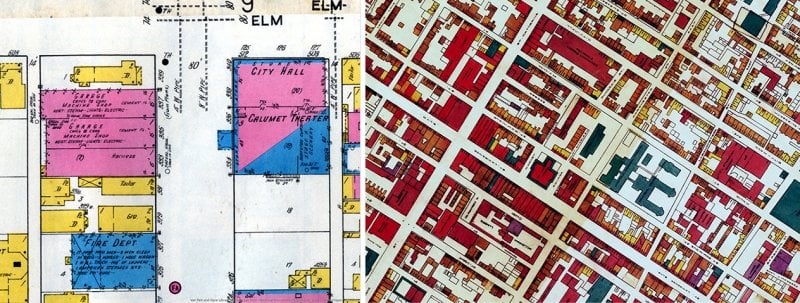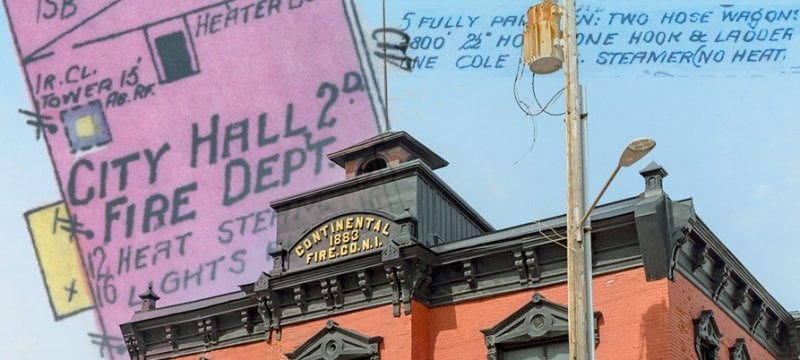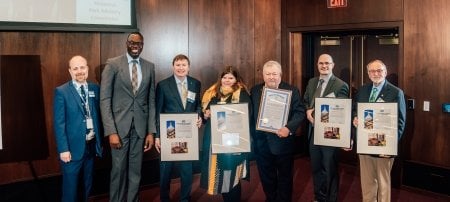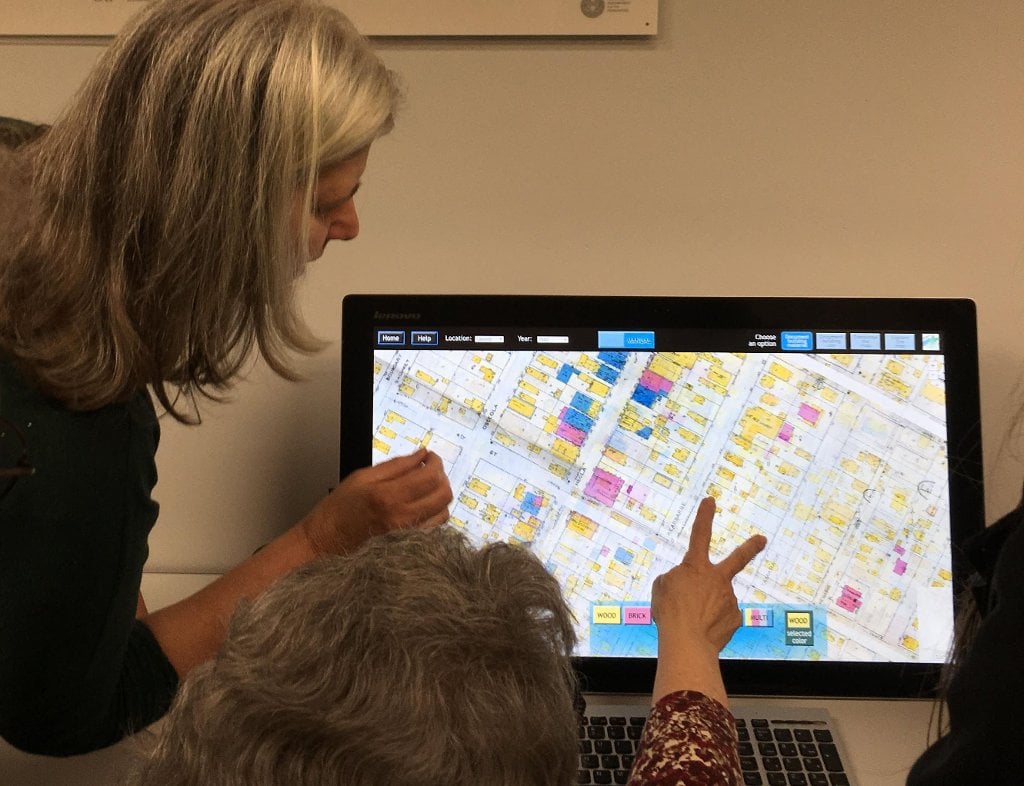Understanding how French-speaking people migrated throughout North America from the 1600s to 1940 means tracking them at work, school and home spatially and archivally.
Over the course of 400 years, thousands of French-speaking people moved to North America to work as fur trappers, voyageurs, farmers and priests, and later primarily as lumbermen.
Hypothesis
Research has to start somewhere. And it's usually a well-informed prediction.
It’s well known that many French-speakers settled in the province of Quebec in Canada and in Louisiana. But many others intermarried with First Nations peoples or followed jobs in industry and timbering throughout the Great Lakes region on both sides of the U.S.-Canada border.
Gratiot. L’Anse. Allouez. Bete Gris. A quick glance at a map confirms the French influence on the Keweenaw. But what influence did those people have on the communities themselves? How did their culture become part of the Keweenaw as the region industrialized, and what was lost as they assimilated? What are their stories and do their descendants in the area remember those stories today?
The research teams hypothesizes that the influence of French-speakers on Michigan's Upper Peninsula is greater than many realize.
Trois siècles de migrations francophones en Amérique du Nord
Michigan Technological University is a partner in the $2.4 million “Trois siècles de migrations francophones en Amérique du Nord (1640-1940) (Three centuries of migrations by French-speakers to North America)” project funded by the Social Science and Humanities Research Council of Canada.
Sarah Scarlett, assistant professor of history, and Don Lafrenière, associate professor of geography and GIS, in the Social Sciences department, will use the Keweenaw Time Traveler and a combination of spatial and archival datasets to focus specifically on whether French-Canadians were socially mobile as they migrated from Canada to Michigan’s Upper Peninsula during the period of 1860 to 1940.
“This project is a multidisciplinary approach to understanding the physical migration of francophones around the continent and the transfer of their culture,” Lafrenière said. “There were many different impacts on the cultural landscape; it’s seen in the architecture, housing patterns, marriage patterns, financial and school systems, all of that transferring from place to place.”
These Boots Were Made for Walkin’
Social mobility is reflected in occupational class (labor versus management), wages, housing conditions, neighborhood socioeconomic status and occupational hazards.
“Geographic mobility is linked to occupational mobility, which has implications for today. Over time there have been waves of migration of particular groups around the world and into the U.S.,” Lafrenière said. “We know there are barriers to populations, especially immigrants, being upwardly socially mobile. Looking over a 30-, 40- or 50-year period — a person’s lifetime — we can better understand how to create public programming and make smart policy decisions that will support the immigrants arriving today to be socially mobile.”
But how do you track the mobility of people who lived a hundred years ago other than through anecdotal family stories?
Michigan Tech’s Geospatial Research Facility, directed by Lafrenière, has built the Voyageur Research Portal, which supports the entire project across the North American continent. The project’s other collaborators are spread across both the U.S. and Canada, so a shared collaborative space is crucial for the various researchers on the project to hold their data. The portal has mapping utilities and tools for spatial and statistical analysis, providing capabilities for spatial storytelling. The Voyageur Research Portal will serve as the long-term repository for the project’s data and results as well as a space for collaboration and sharing the research with communities in the diaspora.

Scarlett and Lafrenière will use Keweenaw Time Traveler datasets, now nearly five years in the making, to link to BALSAC, which is a Canadian “microdata” database. Microdata is information at the individual level, rather than more broadly at the community, state or province level. For the Keweenaw portion of the migration project, these include Calumet & Hecla mining employment cards, birth, baptism and death records, marriage certificates, school and parish records and historical censuses.
“Place-based stories can connect to the broader story of migration back and forth across the continent,” Scarlett said. “One of the things that is most exciting to me is that by linking all of the data sets and telling individual stories, we should get a better sense of people moving back and forth across the border, and what it was like in their daily lives.
“There’s a misconception that French-Canadian communities have been sedentary and rooted in places like Montreal and New Orleans. Part of what this project will do is complicate that story to a great degree; movement and migration is part of the francophone experience.”
Michigan Technological University is an R1 public research university founded in 1885 in Houghton, and is home to nearly 7,500 students from more than 60 countries around the world. Consistently ranked among the best universities in the country for return on investment, Michigan's flagship technological university offers more than 185 undergraduate and graduate degree programs in science and technology, engineering, computing, forestry, business, health professions, humanities, mathematics, social sciences, and the arts. The rural campus is situated just miles from Lake Superior in Michigan's Upper Peninsula, offering year-round opportunities for outdoor adventure.






Comments